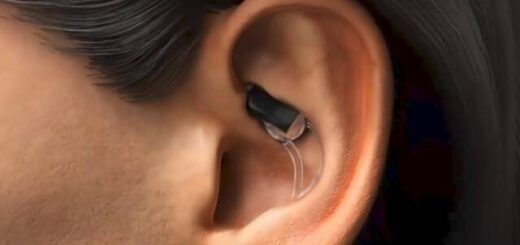Have You Been Sitting Cross-Legged? Here’s Why You Should Not

Source: Best Life
Are you someone who enjoys sitting with your legs crossed? Perhaps it’s a habit you’ve developed over the years, or maybe it just feels more comfortable than sitting with your legs stretched out. But have you ever stopped to consider whether it’s actually good for your health and posture?
Research shows that sitting cross-legged can cause a number of issues for your body. One of the consequences is that your hips may get more out of alignment, with one being higher than the other. This can lead to changes in the muscle lengths and bone arrangements in your pelvis, which can cause long-term issues for your posture.
Also, sitting with your legs crossed can alter the rate at which blood travels through your lower limb blood arteries, raising the risk of blood clots. Crossing your legs at the knee is generally considered worse than crossing them at the ankle, as it can cause an increase in blood pressure due to the pooling of blood in the veins.
Your spine, shoulders, and neck can also be affected by sitting cross-legged. Leg crossing may lead to misalignment in these places because of the way your skeleton is connected. As the spine adjusts to maintain your center of gravity above your pelvis, your head posture may get out of alignment. And one side of your body may become weaker than the other, leading to imbalances in the muscles of your pelvis and lower back.

Source: Vein Clinic Of Greater Kansas City
Long periods of time spent cross-legged can raise the risk of developing scoliosis and other abnormalities. It can also cause greater trochanteric pain syndrome, a painful condition that affects the outer side of the hip and thigh. Your abdominal muscles might be able to relax as a result, preventing overuse. Also, there is proof that sitting cross-legged can strengthen the sacroiliac joints, which distribute weight between the spine and legs.
But it’s not all bad news. There are some potential benefits to sitting with your legs crossed, particularly if you have one leg longer than the other. One small study found that sitting cross-legged can help to adjust the height of the two sides of the pelvis, improving alignment.

Source: Healthline
In comparison to sitting with your legs forward, sitting cross-legged also seems to lessen the activity of several muscles, especially the oblique muscles. Your core muscles may be able to unwind as a result, avoiding overexertion. Also, there is proof that sitting cross-legged can increase the sacroiliac joints’ stability, which help the body transfer weight from the spine to the legs.
Of course, there are also cultural and traditional practices that involve sitting cross-legged, such as the lotus position in yoga and meditation. While there isn’t much information on whether sitting cross-legged in a chair for extended periods of time can create certain problems, many people find these activities to be good for their general health and wellbeing.
So, what’s the verdict? While there may be some potential benefits to sitting with your legs crossed, it’s probably better to avoid it if you can. Many of the risk factors associated with leg crossing are likely exacerbated by other underlying issues such as sedentary lifestyles and obesity. The primary piece of advice is to keep moving often and avoid spending too much time sitting immobile in one place.

Source: NASM Blog
If you do find yourself sitting for long periods of time, whether at a desk or in front of the TV, there are some things you can do to help prevent the negative effects of leg crossing. Stretching your legs and back while taking frequent pauses is advised. And be mindful of your posture, making sure to sit up straight and keep your feet flat on the floor.
In conclusion, while sitting with your legs crossed may feel comfortable in the moment, it can have negative long-term effects on your health and posture. It’s important to be mindful of your body and take steps to prevent these issues, such as staying active and avoiding sitting still in the same position for too long.
Source: Science Alert









